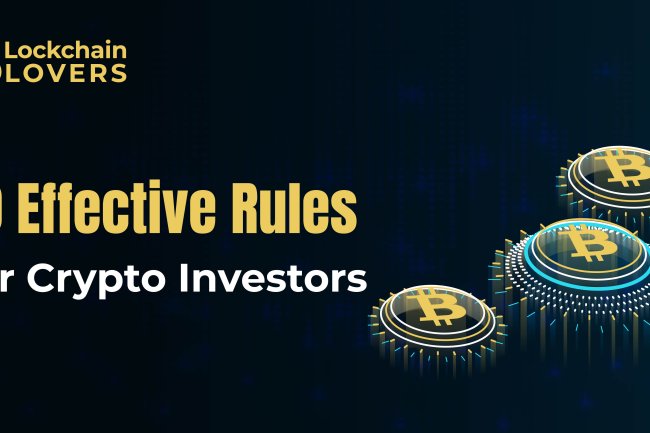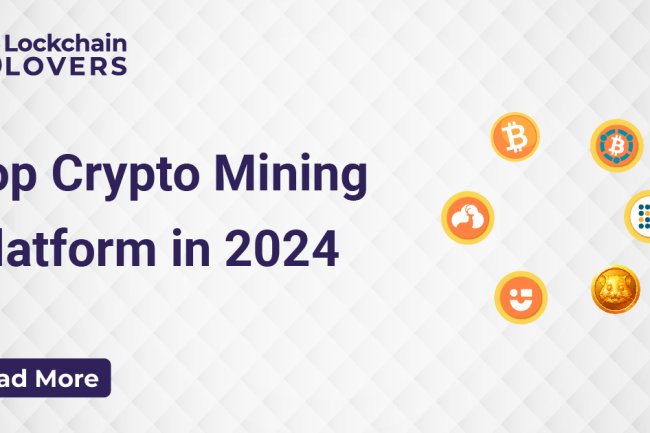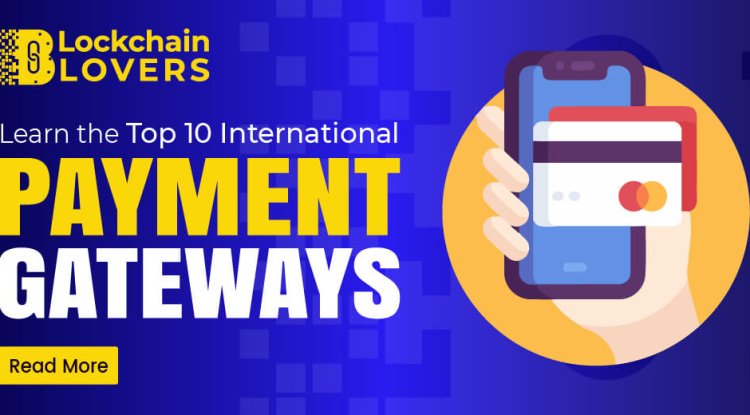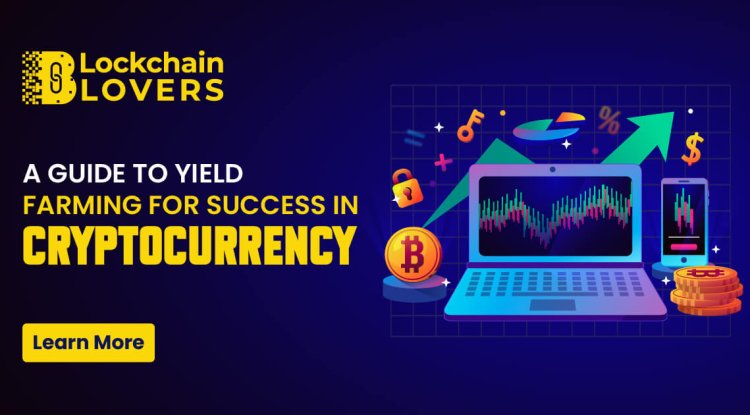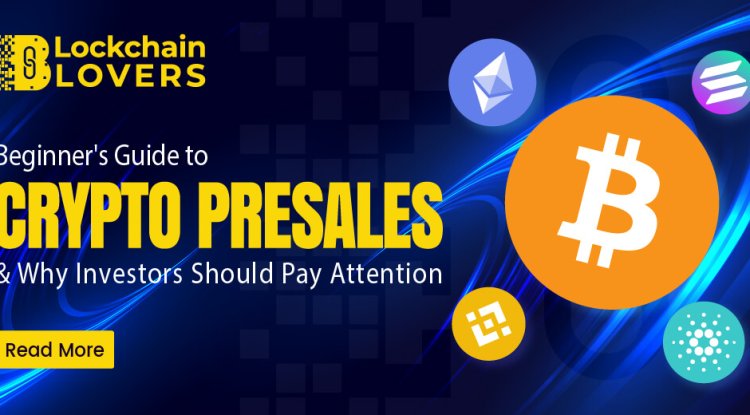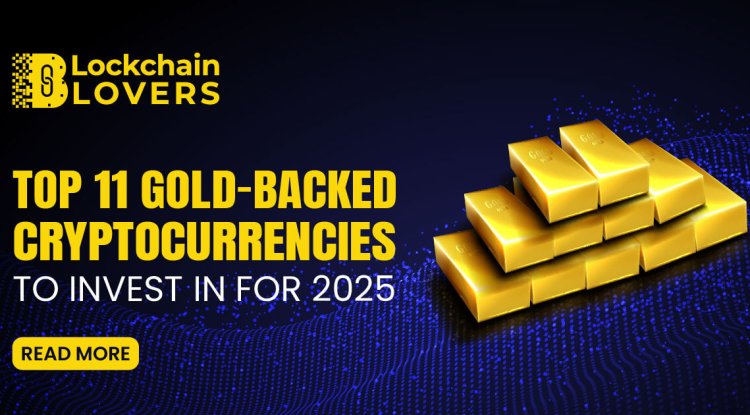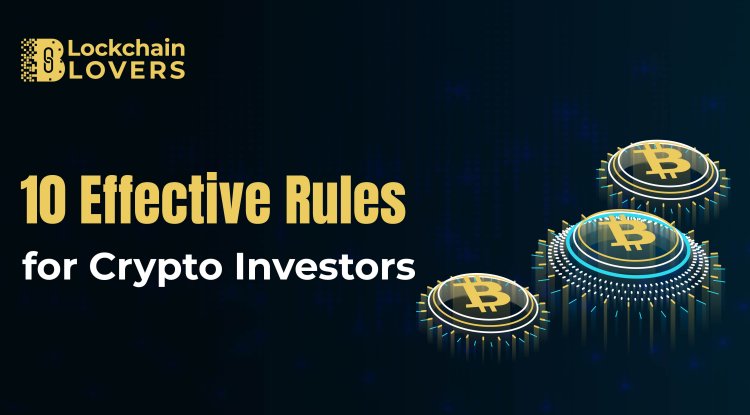History of Ethereum Killer SOLANA
Solana's history is replete with wild price spikes and catastrophic declines

Solana's history is replete with wild price spikes and catastrophic declines, just like that of many other cryptocurrencies. Although it wasn't always for the best reasons, Anatoly Yakovenko's Solana network has become well-known in the web3 sector.
Though the Solana blockchain boasts incredible technology and unparalleled scalability, network outages, its connection to FTX, and purported centralization problems have damaged Solana's reputation.
What is Solana (SOL)?
A high-performance blockchain platform called Solana (SOL) is intended to facilitate cryptocurrency and decentralized applications (dApps). Anatoly Yakovenko introduced Solana in March 2020. It is well known for its remarkable speed and scalability, which it accomplishes by combining proof-of-stake (PoS) and proof-of-history (PoH) consensus methods in a novel way. In comparison to other blockchains like Ethereum, Solana can execute tens of thousands of transactions per second at a fraction of the cost because to its hybrid architecture.
The Solana network's native cryptocurrency, SOL, is used to fund staking efforts to keep the network safe as well as transaction fees. Because of its fast throughput and low latency, Solana is favored by developers and is frequently used in projects related to gaming, NFTs, and decentralized finance (DeFi). Solana, which aims to promote the wider adoption of decentralized technologies, is still a key participant in the blockchain world despite experiencing some network stability concerns.
Solana’s Past
The fascinating story of Solana's development from a notion hatched by Californian surfers to one of the world's leading blockchain projects demonstrates the innovation and industry's dynamic character.
· first appearance
When Qualcomm engineer Anatoly Yakovenko identified the drawbacks of older blockchains, such as their scalability problems, expensive transaction fees, and sluggish processing speeds, in 2017, the narrative of Solana was launched. In response to these difficulties, Yakovenko developed a novel timekeeping algorithm that aims to improve throughput and guarantee quick transaction finality in blockchain networks. A brand-new blockchain protocol was created as a result. Once it was discovered that another Ethereum-based venture had already registered the name Loom, the project was forced to change its name to Solana. Yakovenko, Greg Fitzgerald, and Stephen Akridge, who co-founded the project with him at Qualcomm, took inspiration for the new name from a nearby beach.
· launch of the mainnet
Intense attempts were made by Solana Labs to raise over $20 million USD in funding and development throughout the years 2018 and 2019. The company was successful in garnering backing from the financial community. Principal contributions from companies such as Multicoin Capital propelled these endeavors. Despite lacking staking compensation for node operators at first, Solana's mainnet went operational on March 16, 2020, with all the necessary capabilities for transfers and simple smart contracts.
· Quick expansion and operational difficulties
Solana had a pivotal year in 2021, propelled by a thriving cryptocurrency sector. Adoption of the platform surged significantly as a result of its capacity to execute transactions quickly and at a cheaper cost than its competitors. SOL tokens skyrocketed in value, hitting highs of more than $250. But during this time, the network's weaknesses were also made clear, especially its ability to manage a large inflow of users. As a result, there were multiple network disruptions and heavy criticism of the decentralized nature of its operations.
· The fallout from the FTX collapse
Solana suffered a great deal when the FTX exchange collapsed in late 2022 since FTX Ventures and Alameda Research had provided the platform with substantial funding. SOL's price fell precipitously as a result of the repercussions, and a number of well-known projects and NFT collections left the network, creating significant doubts about its survival.
· Recuperated and Growing
Solana showed incredible resiliency and recovery throughout 2023 and into 2024, defying dire forecasts. A strong comeback was shown by the ecosystem's increased activity, as seen by the quantity and diversity of dApps. The network's potential and dependability were highlighted by Visa's choice to use Solana for its stablecoin settlement test. Meme coins such as BONK and WIF attracted new users to Solana and started to compete with Ethereum for on-chain DeFi trading volumes. These advancements show how stable and decentralized Solana has become again, and how its network operations have improved to guarantee increased uptime without the past malfunctions.
· Current Trends and Prospective Dimensions
Today, thanks to constant improvements and a growing ecosystem, Solana is a major participant in the blockchain space. Supported by its high transaction speed and scalability, the network keeps drawing in new projects and users. As Solana continues to advance, it continues to serve as a crucial illustration of how creativity, along with community support and well-thought-out alliances, can surmount substantial obstacles in the constantly changing cryptocurrency landscape.
What Does Solana's Future Hold?
The debut of Solana Firedancer
The Solana Foundation is devoting a significant amount of its resources on the introduction of the Solana Firedancer client, a significant project meant to enhance the network's capabilities. With increased speed and scalability, this new validator client is intended to significantly improve Solana's performance. Solana hopes to support more users and guarantee more stability for protocols and apps operating on its platform with these enhancements. This is crucial since it aims to manage rising demand while maintaining its reputation for cheap transaction costs.
Upgraded Network Features
Specifically, Firedancer's launch is anticipated to alleviate some of Solana's ongoing problems, which have in the past caused network instability and congestion during periods of high usage. In order to attract more developers and users searching for a dependable blockchain solution, this improvement is expected to strengthen the network. This will push Solana closer to the forefront of the decentralized application market, giving it a greater chance to compete with Ethereum and other industry leaders, all while improving the user experience.
Community Perception and Challenges
Despite technological strides, Solana continues to confront skepticism within the broader crypto community. Its past issues with centralization and network reliability during high-traffic periods have hindered its acceptance, particularly among proponents of networks like Cardano. Moreover, the flexibility and interoperability of Solana’s token standards have often been viewed as inferior to those offered by Ethereum, impacting the platform’s attractiveness to developers seeking to build intricate, interconnected dApps.
Importance within the Blockchain Ecosystem
Since Solana is still among the most valuable Layer One blockchain in terms of market value, it is important to comprehend both its achievements and ongoing difficulties. The adoption of the Firedancer client might greatly improve Solana's standing in the market and strengthen its ability to manage future expansion and efficiently expand operations. Staying up to date on these advancements offers more comprehension of Solana's approach and its capacity to transform its reputation in the blockchain sector. Anyone working in the cryptocurrency industry, from developers to investors, has to have this knowledge in order to traverse the always changing terrain.
Conclusion
Solana's journey showcases the evolution and resilience of blockchain technology. From its inception in response to scalability challenges to its emergence as a major player in the industry, Solana has demonstrated innovation and adaptability. Despite facing setbacks such as network outages and the fallout from the FTX collapse, Solana has rebounded, with the introduction of the Firedancer client poised to further enhance its capabilities. While challenges remain, Solana's commitment to improvement and its growing ecosystem underscore its significance within the blockchain space, promising continued innovation and competition with industry leaders like Ethereum.
What's Your Reaction?








